Children’s Fever – when do you worry? High fever in children can be really disconcerting. We’ll talk about unsafe fever temperature for kids.
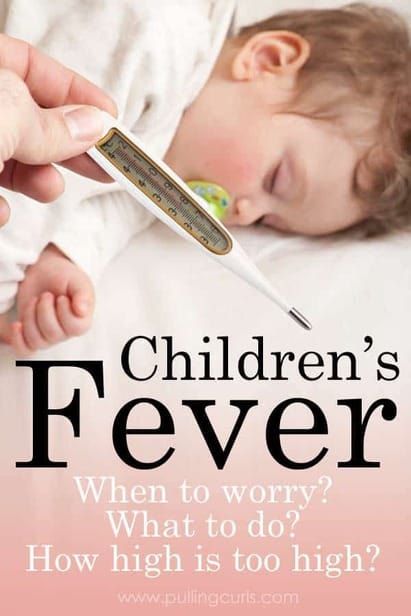
Children’s fever can’t be cured, but it does have remedies to make your baby, toddler or kid feel better. Fever in children is a lot different than fever in adults. Let’s talk symptoms, how to take their temperature, and what you should do if its in an infant.
You hear your sweet baby crying, you go in and press your lips to their cheek only to feel fire on your lips. Does that make you cringe inside? Fevers can be really scary for moms, but this blog post will go over what to watch for and what to not worry about. Children’s fever is just body’s way of fighting the good fight. Fight on!
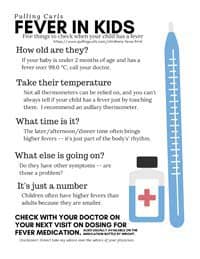
This post was originally written in November 2014 and was updated in 2017.
*Might I preface this with the fact that if your mommy-gut is REALLY worried, just have them be seen. I have a disclaimer at the bottom of the post, but regardless. Mommy gut is an important factor, you know your child. If something seems really off, I’d have them checked out.
1. Fever in babies
How old are they? Newborn babies might not have a strong enough immune system yet — fevers can be worrisome. That means up to about 2 months of age. If your baby has a thermometer reading over about 99°F you should call your doctor. The hospital, most likely, went over that with you before you went home with your newborn. The fever isn’t the issue, it’s their ability to fight anything off at such a young age. A doctor just needs to check them out. Often it’s just a virus and they can head back home — but you’ll want to make sure.
2. Take the temperature
I am not a huge taker of temperatures, but it is a good idea to get an idea of what number you’re looking at. Sometimes kids feel REALLY hot on the outside (often due to clothing, ambient temperature or blanketes), but their insides aren’t as hot.
Now, this is just a number… we’ll learn more about it later. I’m an axillary thermometer fan. For small children I recommend a quick-read axillary thermometer — like this one. You can read more about thermometers here.
FYI we don’t even do rectal temps in the hospital anymore. Unless your doctor specifically says that they need a rectal thermometer read, I always do axillary. But, listen to your doctor. I, personally, haven’t had a lot of luck with the forehead type of the ear type for small children, or the ear kind. You could also try a temporal thermometer. Those are great too (although I still think an Axillary is more accurate — and the cheapest).
3. What time is it?
If it’s late afternoon/early evening that’s a time that fevers in ALL of us tend to spike due to our circadian rhythms (even in adults). SO, a high fever at 5 pm isn’t as worrisome as a high one when they wake up. IN FACT, if I take my kids temperature after a nap, they’re all headed to 99. They are just hot sleepers. Go figure.
4. Symptoms?
What else is going on? Are they pulling at their ears? Are they coughing? Does their throat hurt? Do they have goopy eyes? Are they still playing or are they lethargic as a dishrag on the couch. It’s THOSE symptoms that you need to pay close attention to. Lethargy for long periods in a little one is an indicator that something may be need to checked out. Call your pediatrician.
5. It’s just a number.
Kids can get REALLY high fevers. You have to realize that when you take YOUR temperature, you’re a lot further away from your core body temperature, than a kid. Plus, you have all this surface area to let you heat off from — kids don’t. I don’t care much at all until we hit 105 °F. At that point I know we’re all pretty uncomfortable. BUT, it’s just the body fighting the infection. Check what your symptoms are showing you.
What to do?
Well, the official party line is to call your doctor. But, a few things to try are:
1. A lukewarm bath.
It’s NOT fun to have a fever of 105. They want to cool off, and you want to help them. I plop them in a lukewarm bath (tending to more warm than more cold) and take a washrag and ring it over their skin to help take the edge off. Make sure you never leave the tub side, even if the child is older, they go in and out of feeling good at that point. You need to stay within reach at all times. You actually don’t want to cool them down TOO fast — then you could head for a febrile seizure (see below).
2. Give Tylenol or ibuprofen.
Tylenol can be given to newborns and ibuprofen can start around 6 months, but ask your pediatrician/healthcare provider for your child’s dosing/what medications you can give next time you have an appointment. I love these two drugs. I hate miserable kids, I’m so glad these were invented, what a lifesaver. I keep plenty on hand all the time.
If you take a temperature, and the medicine you give doesn’t bring it down at ALL {I’m talking even a 10th of a degree} in about an hour you should probably call your healthcare provider.
3. Hydrate.
Make sure you’re trying to get fluids in your wee one. If they’re over one you can try whatever you want — gatorade, pedialyte, juice, water, anything they’ll take is good. Try a few things. I don’t usually do a lot of milk if they have a high temperature, just because they don’t usually feel like it.
I try to keep some otter pops on hand all the time to use when fever strikes. Maybe have a special water bottle for when they’re sick (that won’t spill all over, like this one).
**Febrile seizures are SCARY but they are just the brain’s response to fever. It’s just to hot in their little heads, so they have a seizure. It does NOT mean that they’ll have them forever and while a call to your doctor would probably put your mind at ease, they will probably just give you tylenol and motrin and head on home. SO scary, but not a huge deal… all things considered.
I hope that puts your mind at ease a little bit about the hot tiny people in your lives. Having a fever is no fun but in the immortal words of my high school fight song…. fight on you white blood cells, fight on to victory!
Hilary is an RN, BSN who has worked in various medical fields for the past 12 years, however, none of the information on this blog, should be substituted for the care of a physician. The information provided on this blog is informational only and shouldn’t be taken as medical advice. You have instinct, use it — and use it wisely. If you have questions, please ask your doctor. If you think you have a medical or psychiatric emergency, please call 911. Also, please don’t delay contacting a physician due to something you have read on here. Pulling Curls doesn’t take responsibility for your health. That’s your job. We’re just a nice read.
If you’re on Pinterest, check out my Health and Wellness board! And if you want more parenting/children’s wellness tips be sure to sign up for my newsletter!
And check out all my other children’s health posts:
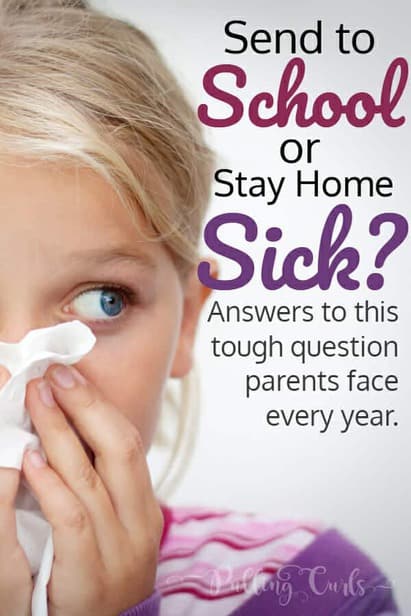
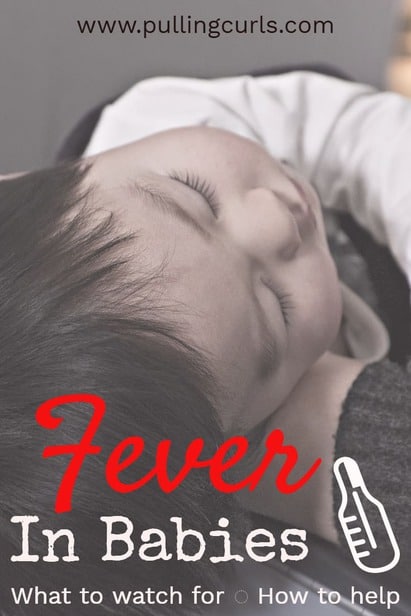
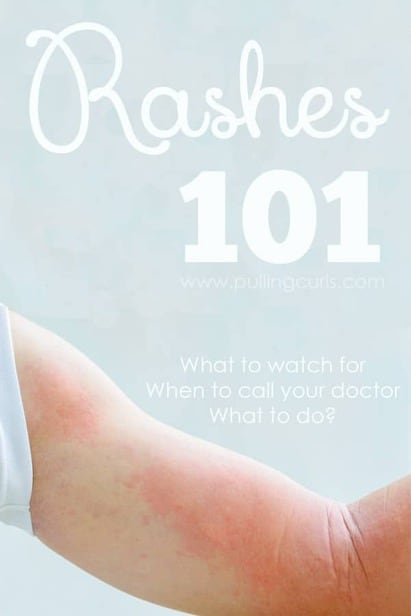
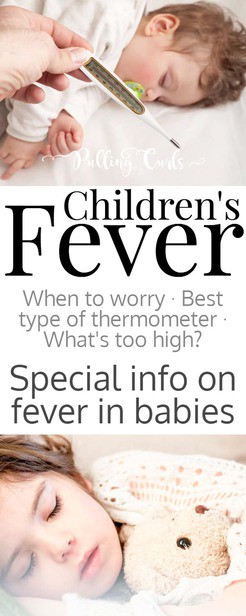
Original article and pictures take www.pullingcurls.com site
Комментариев нет:
Отправить комментарий